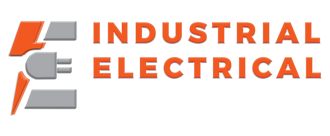
Tomacorrientes eléctricos
16 productos
Mostrando 1 - 16 de 16 productos
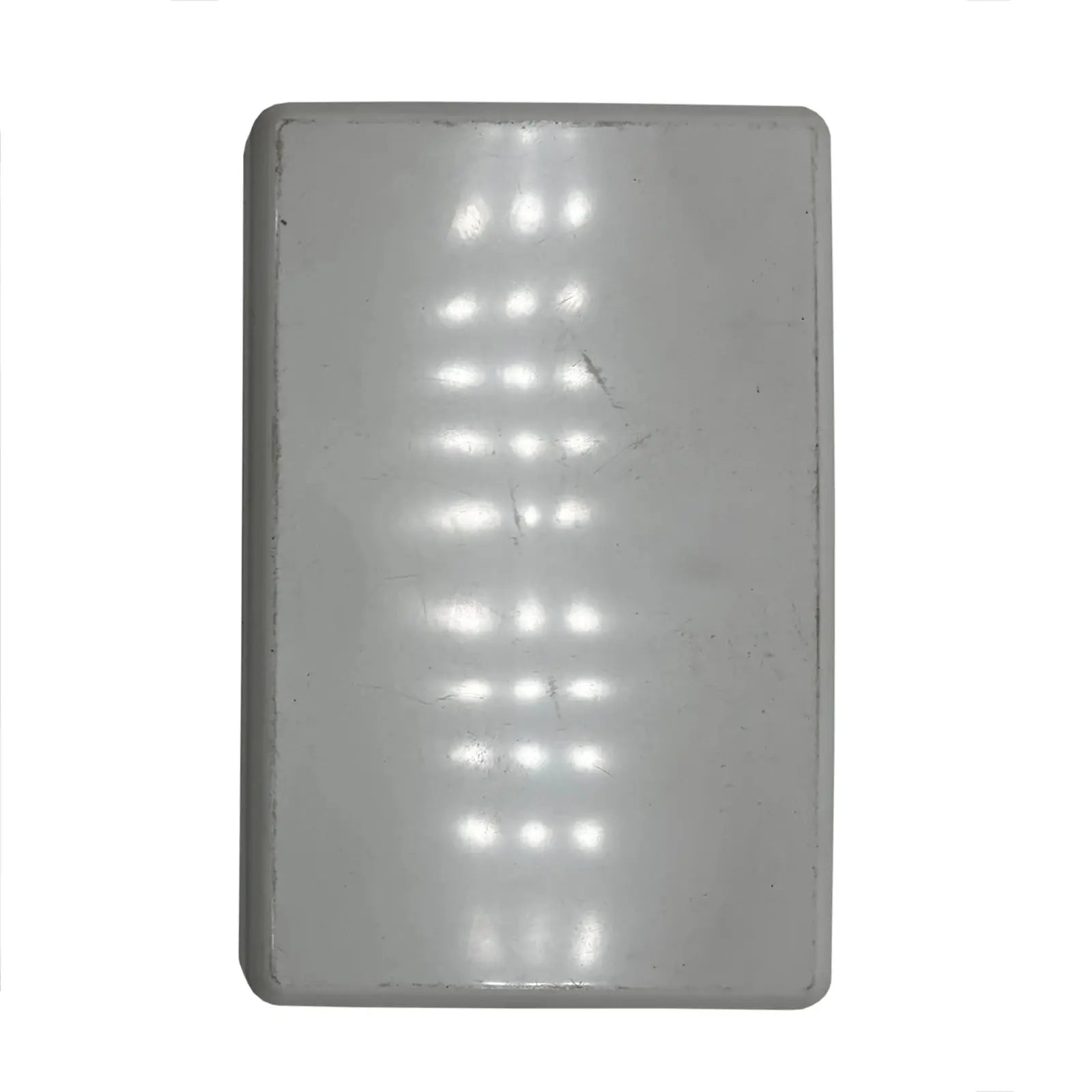
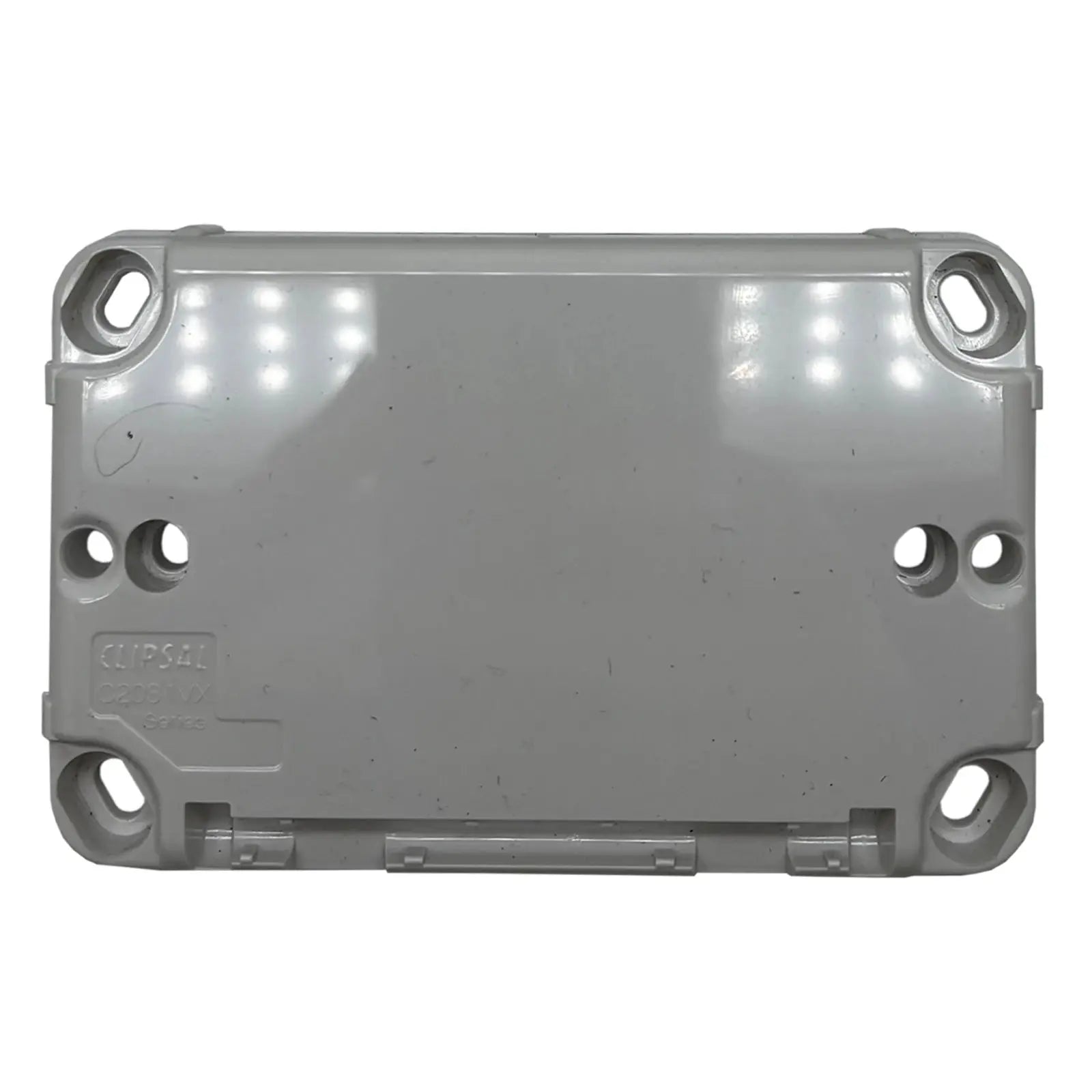
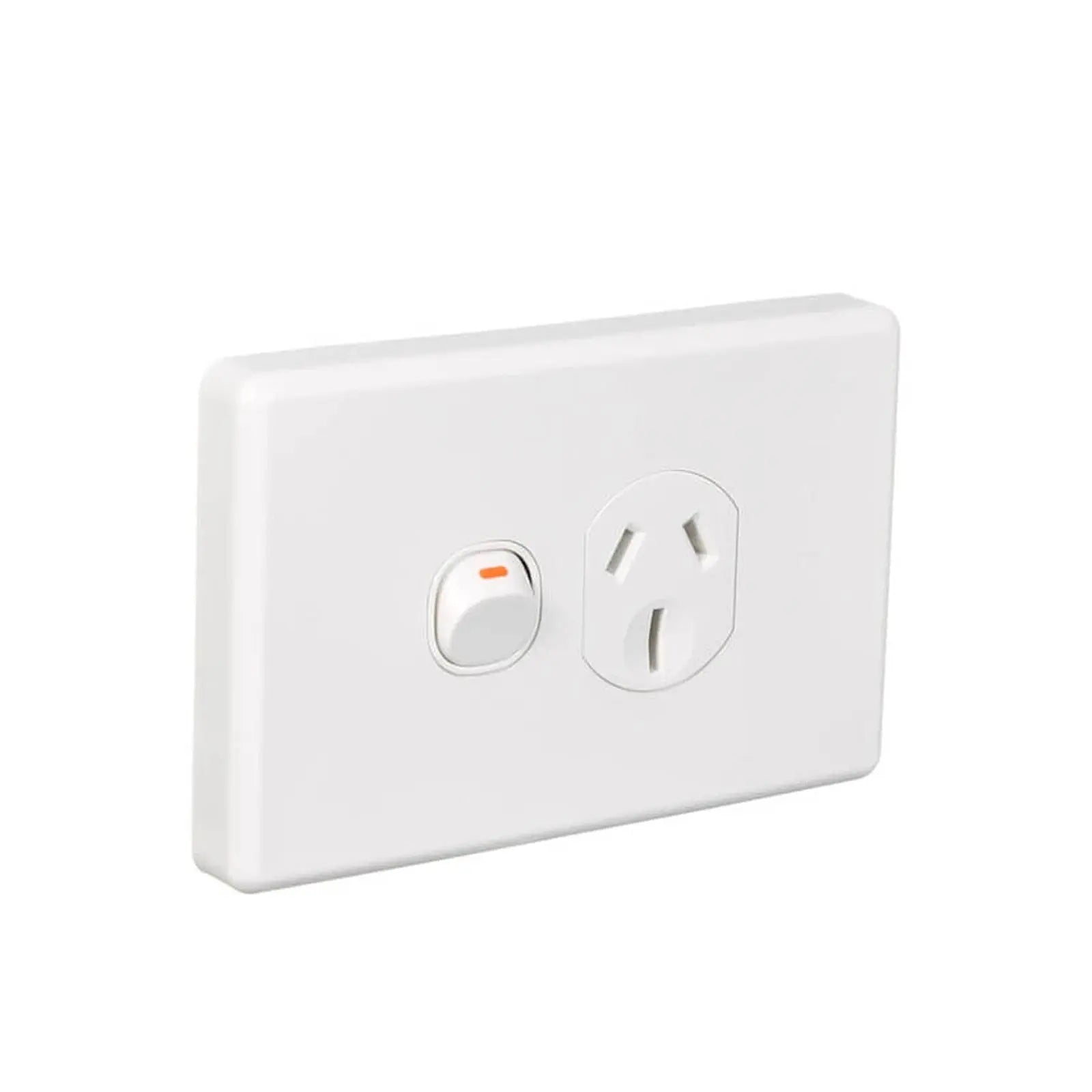
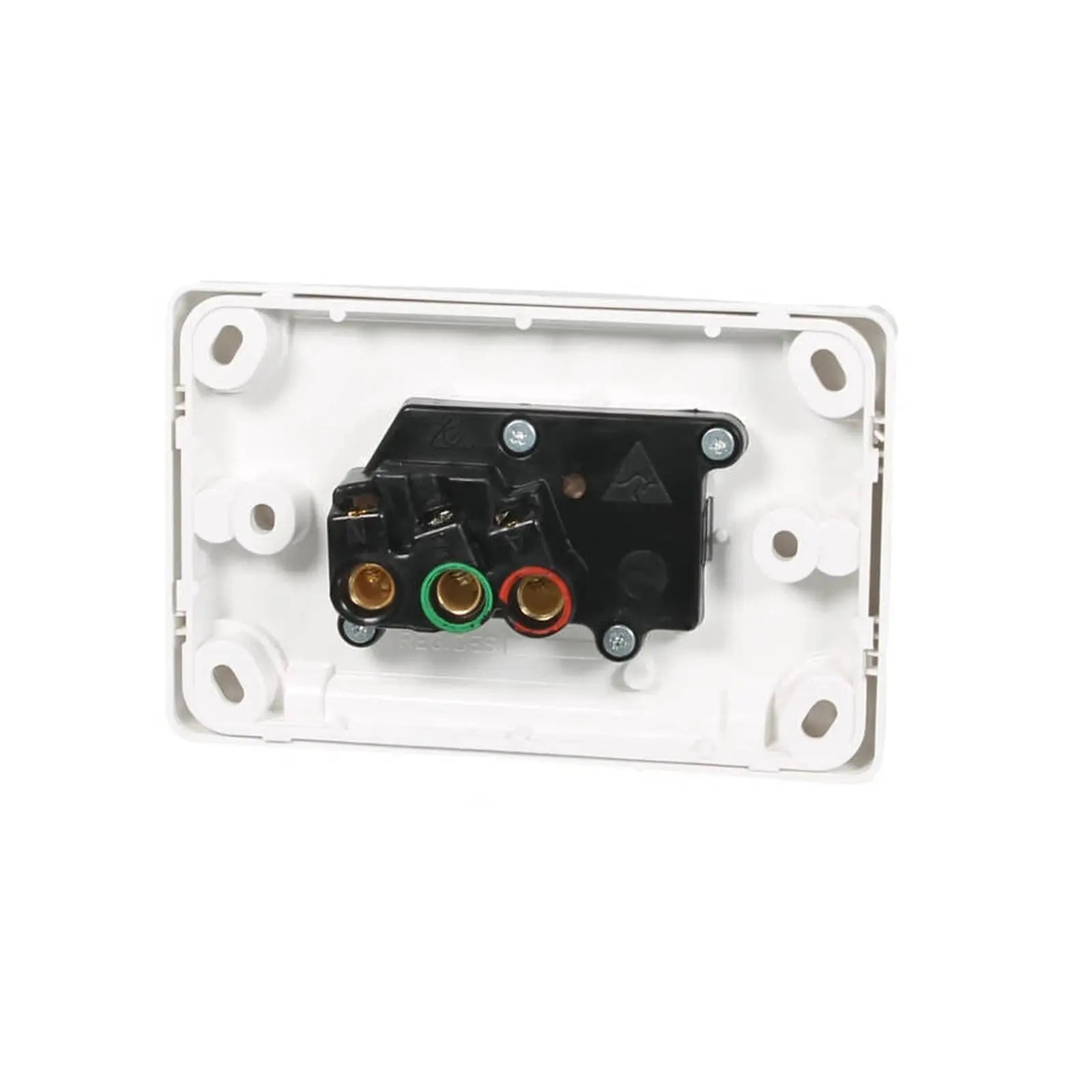
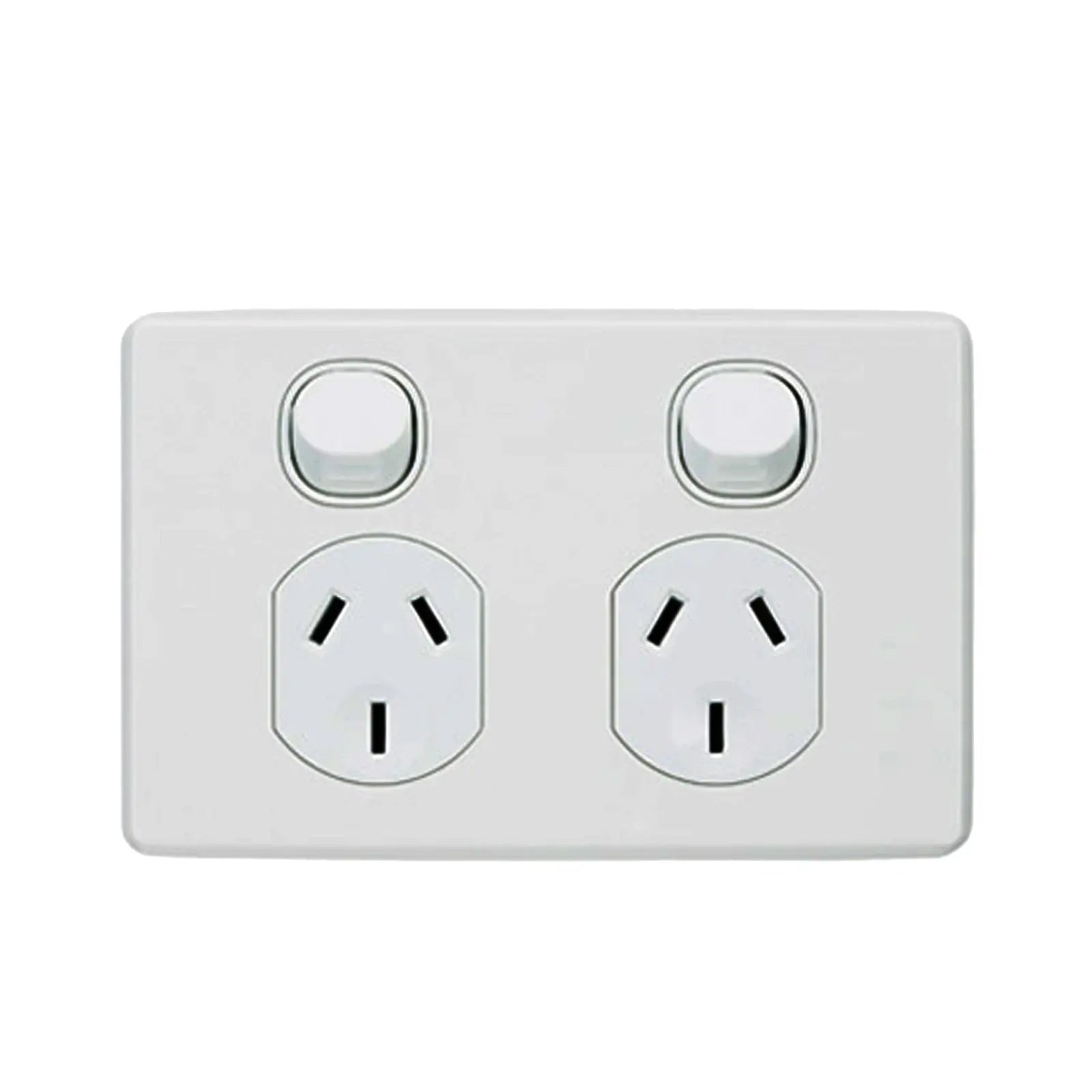
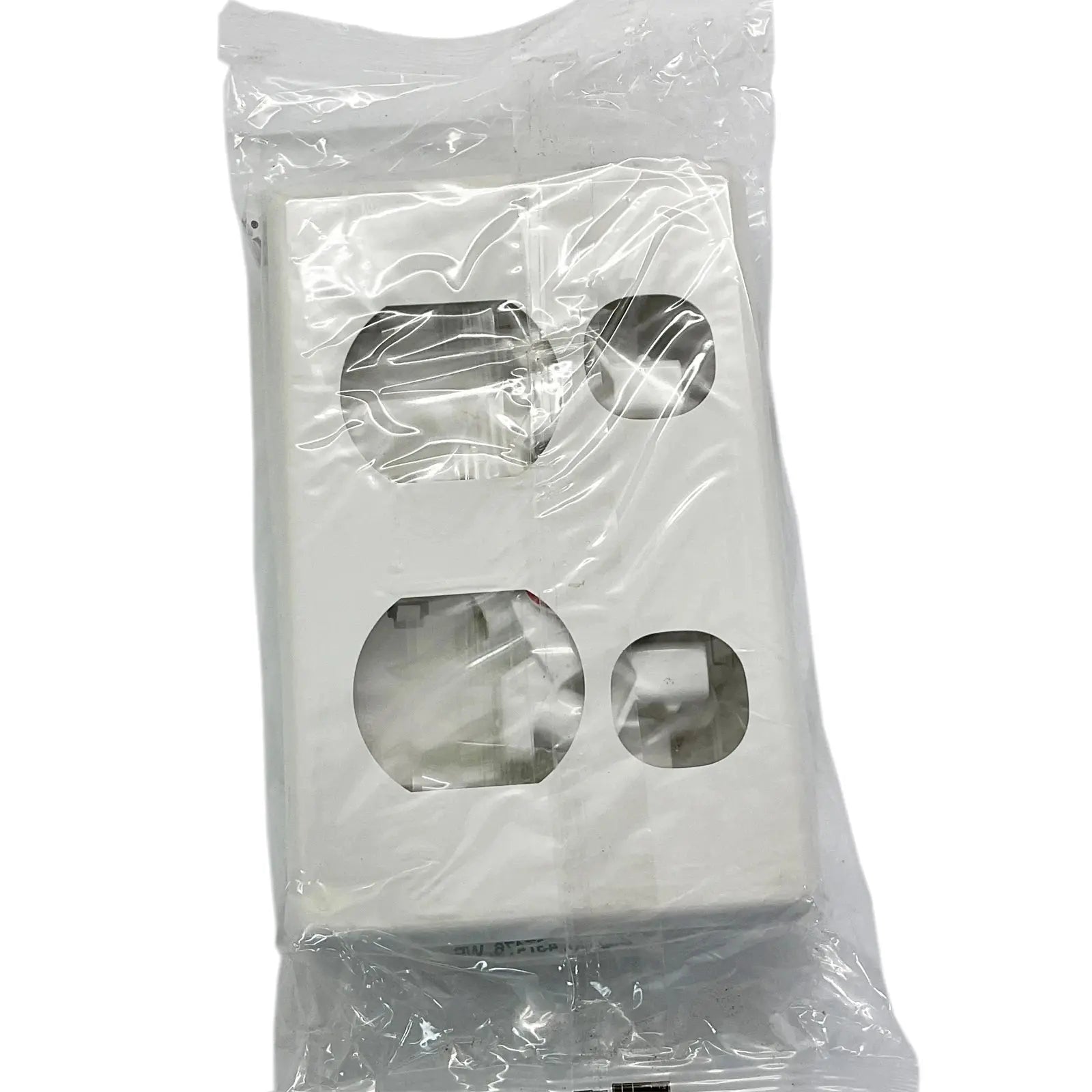
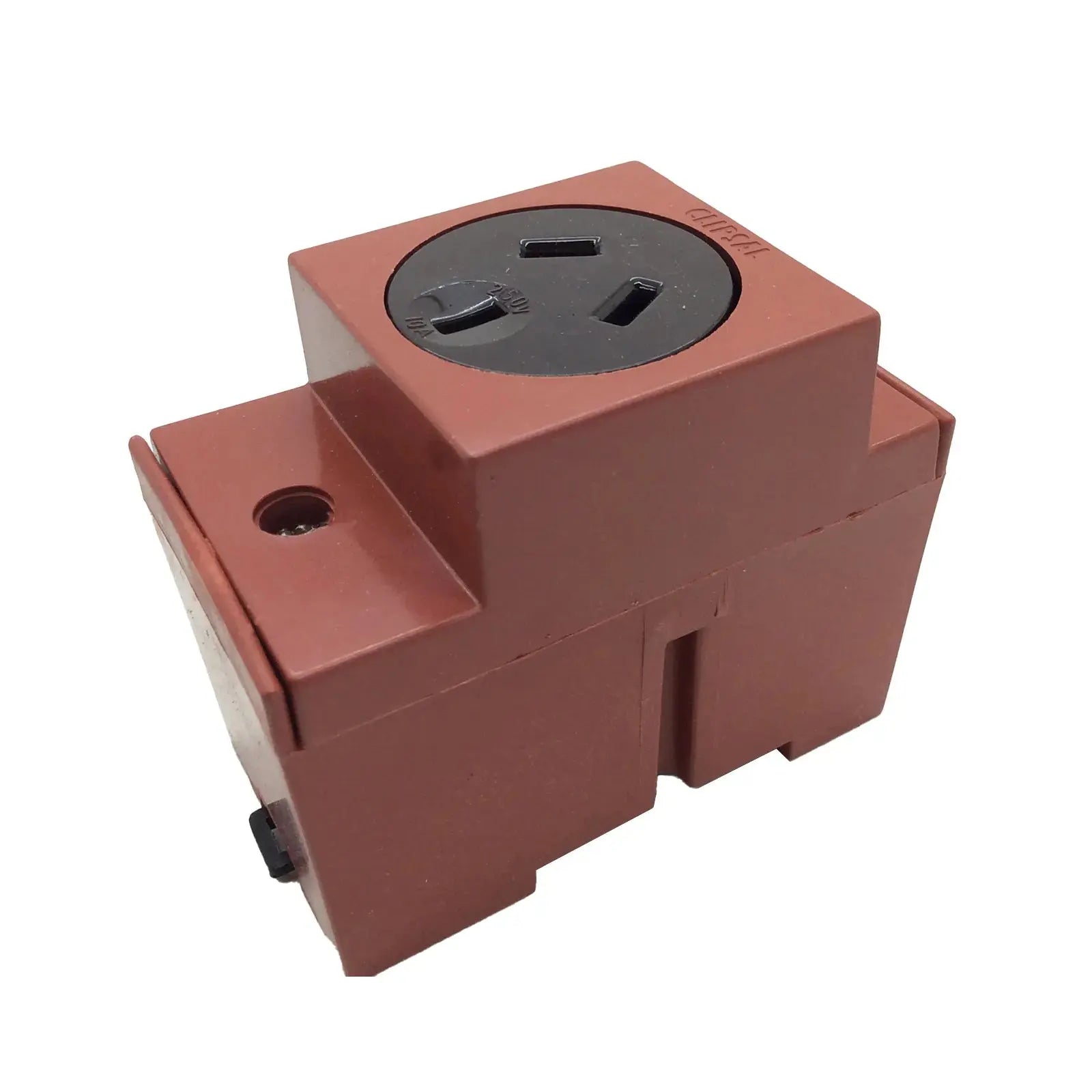
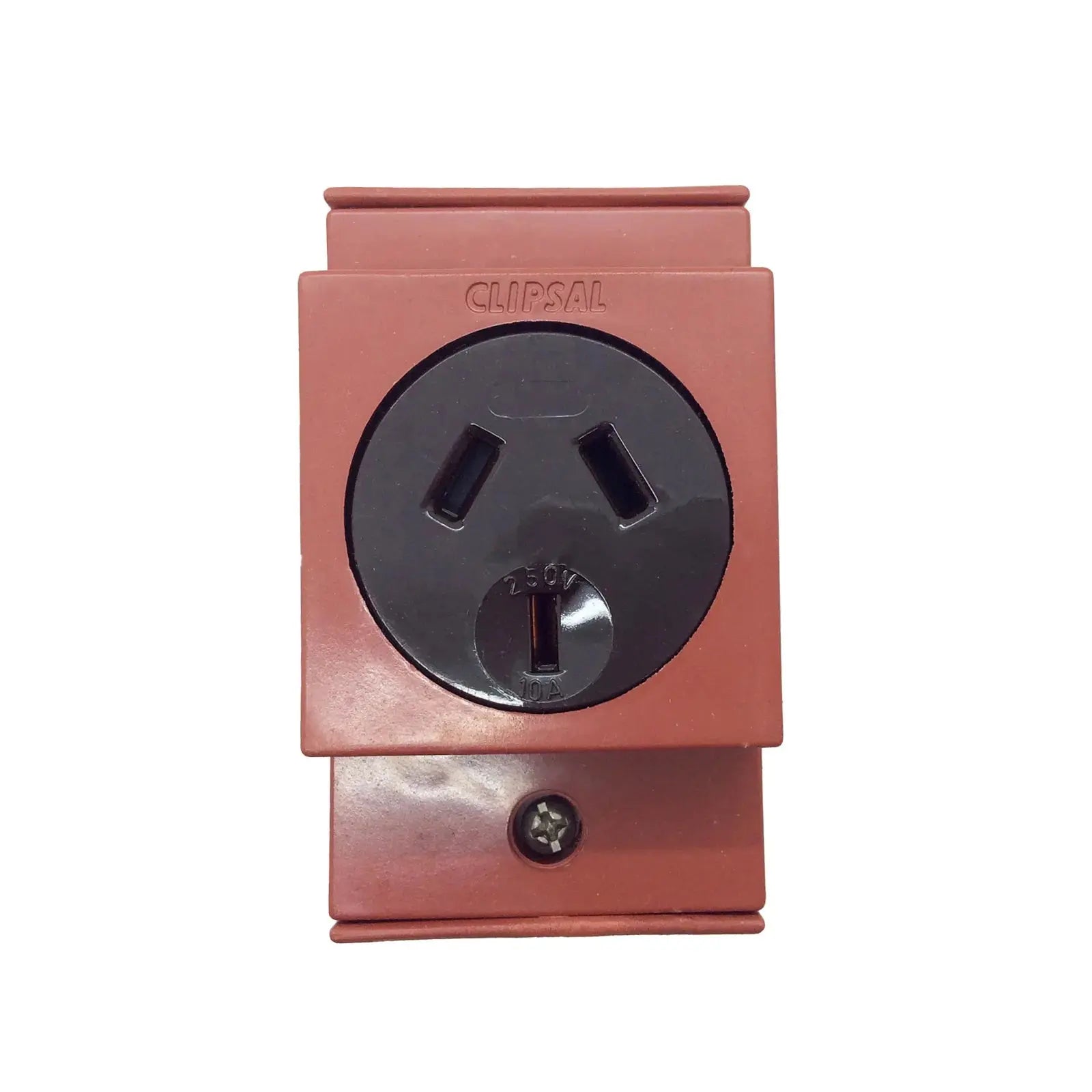
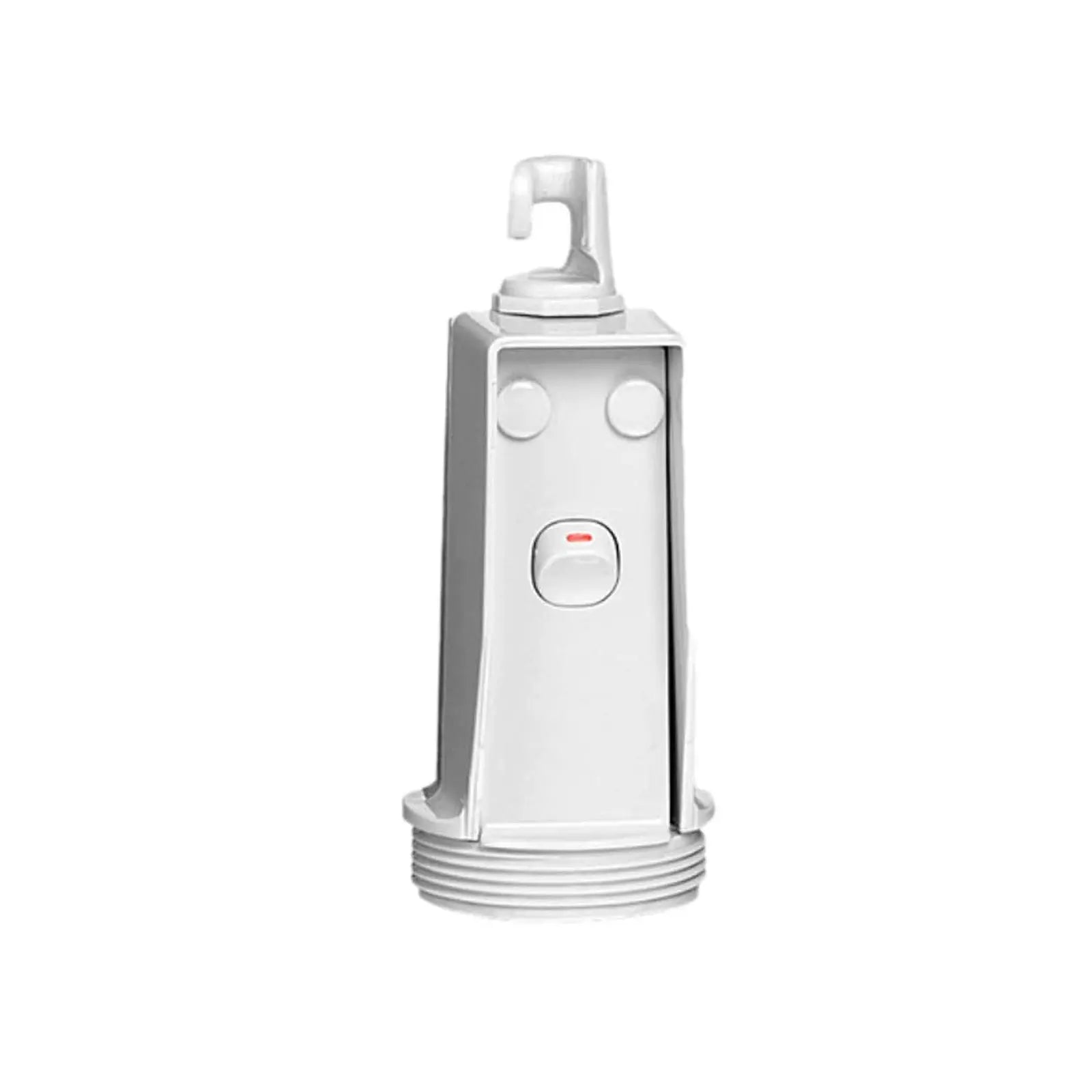

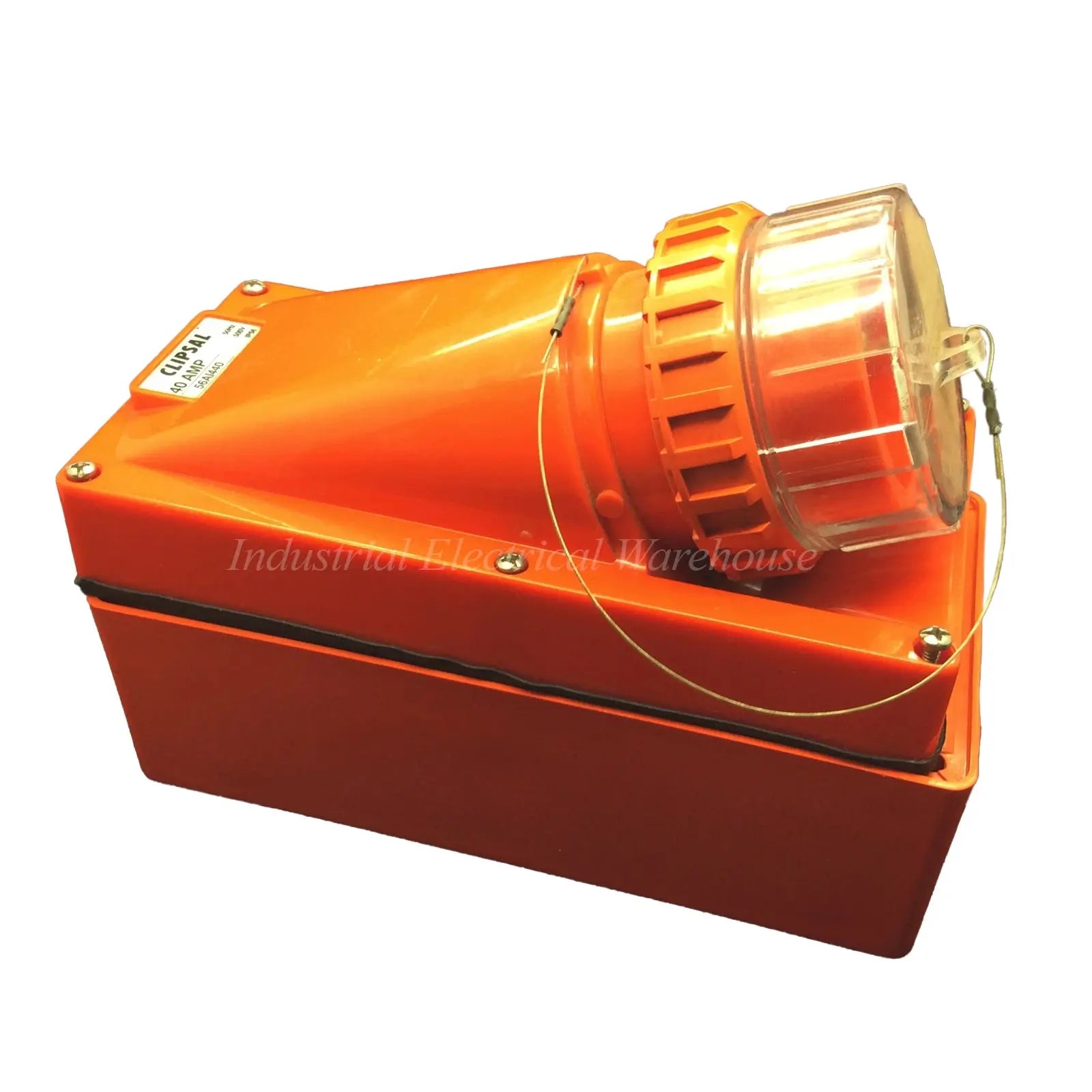
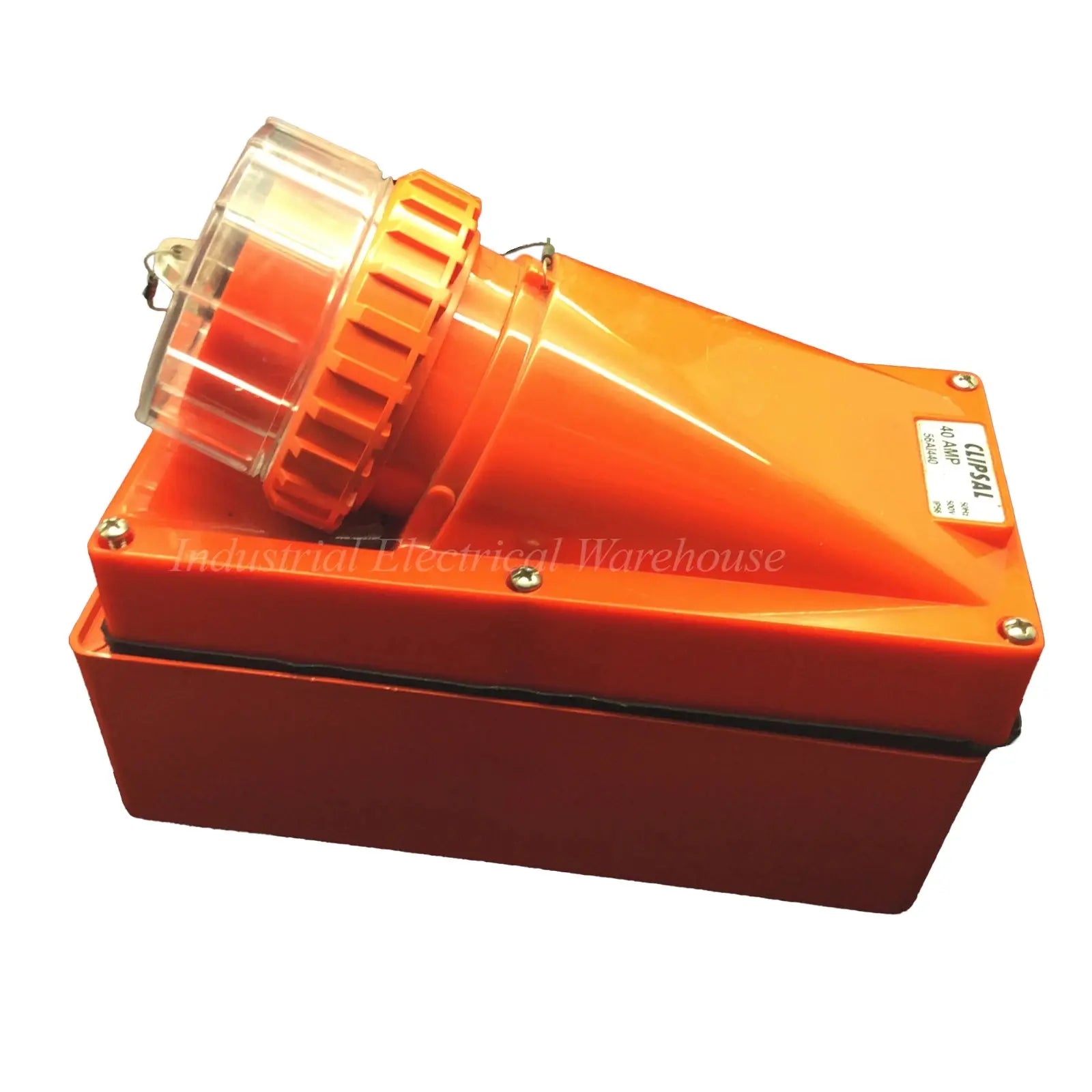


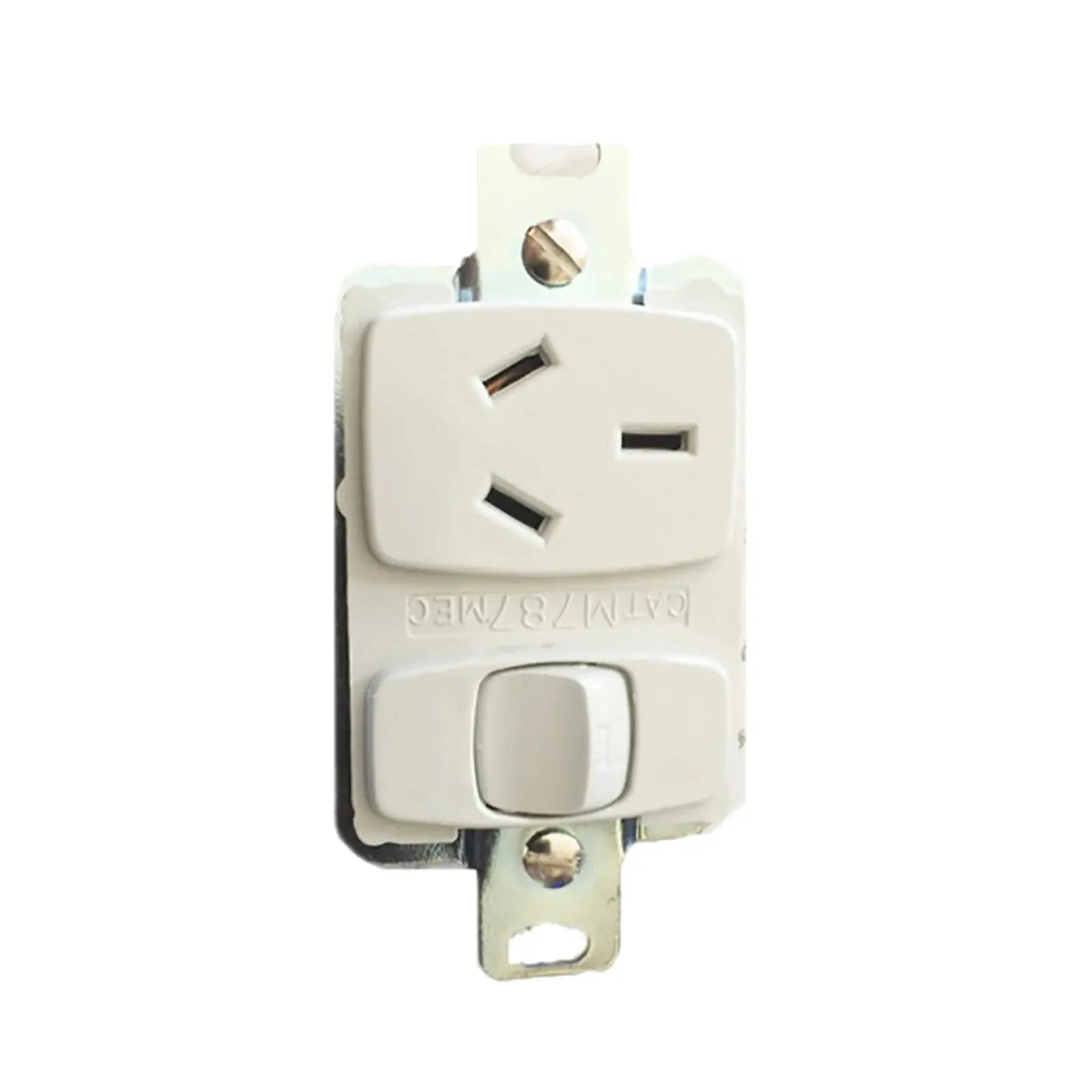
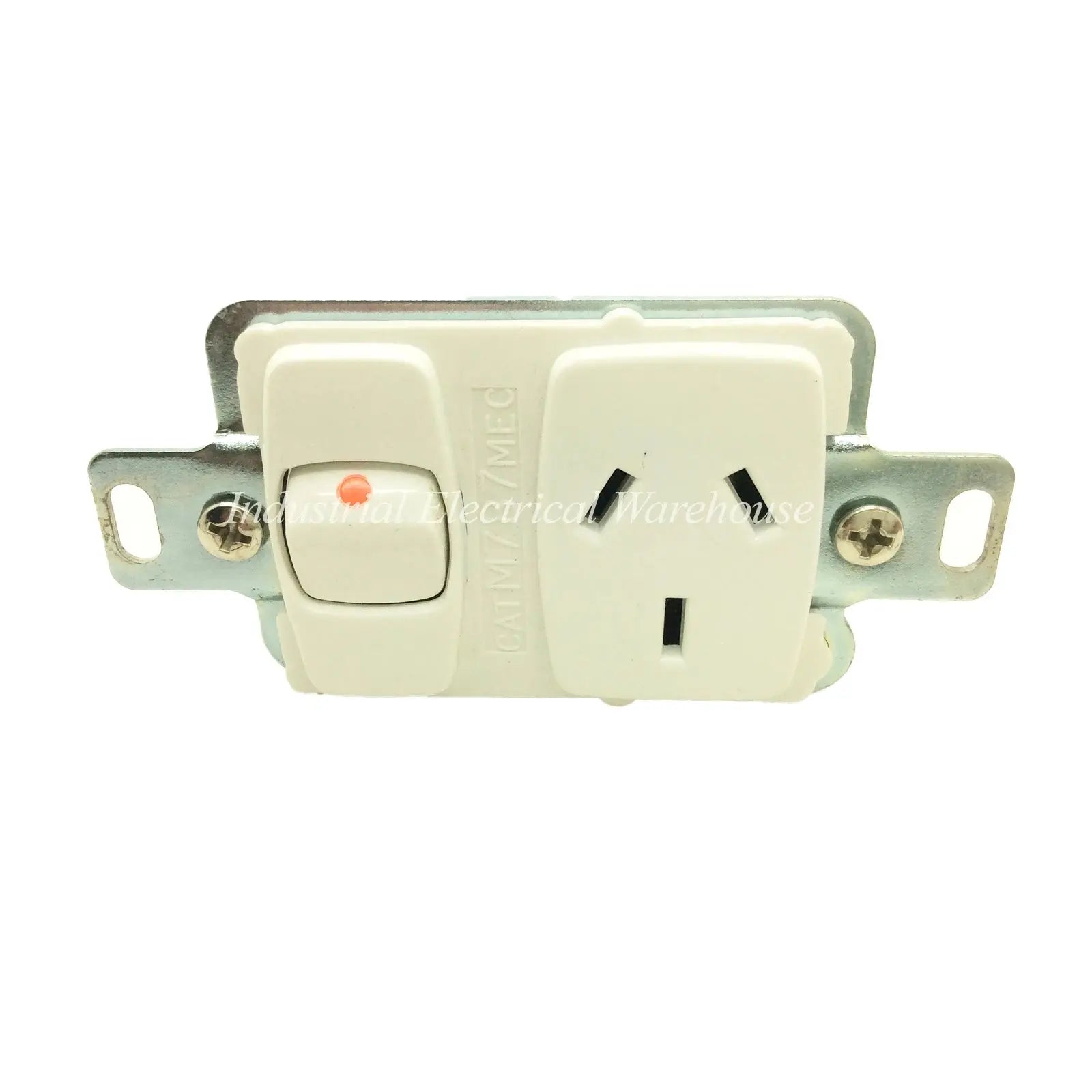

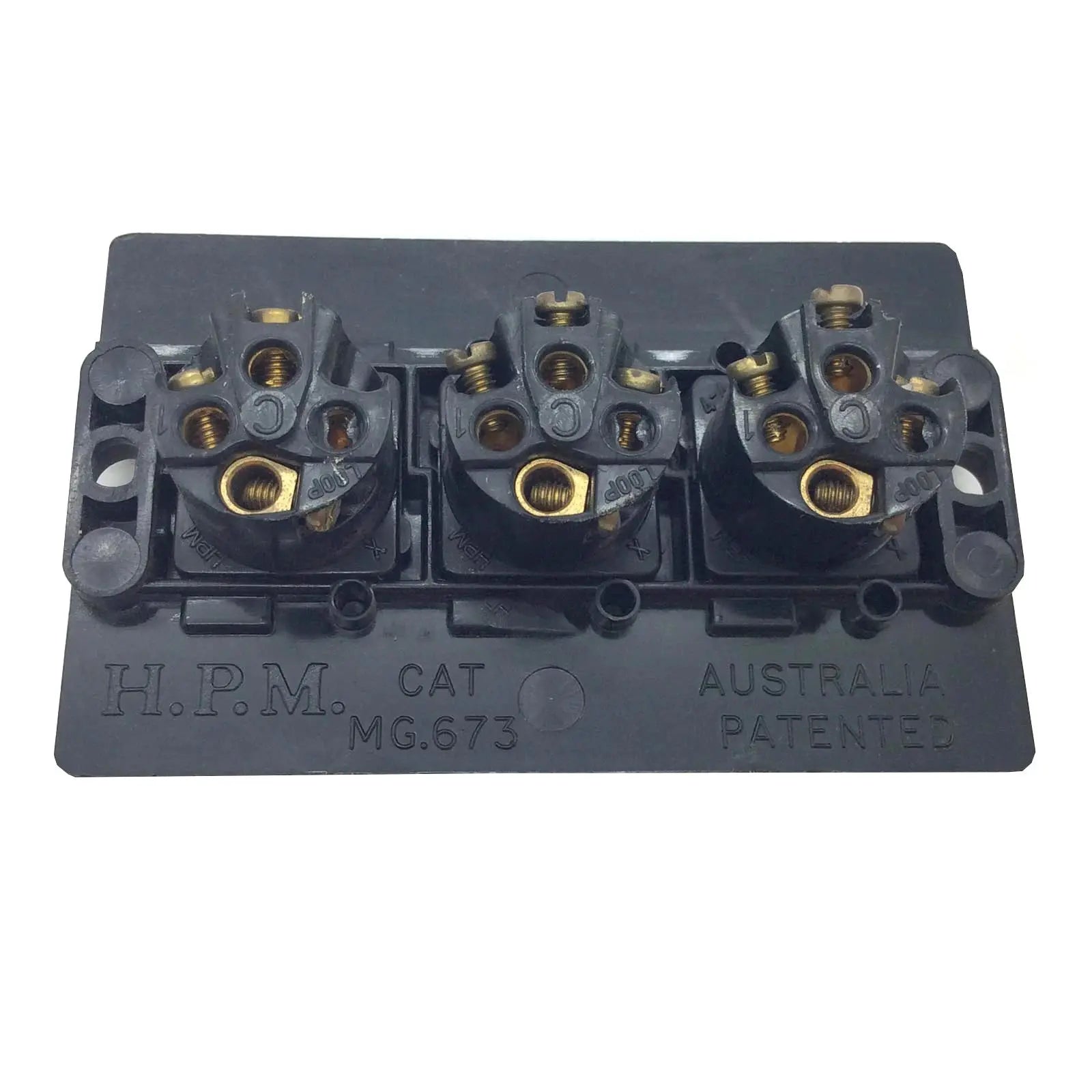

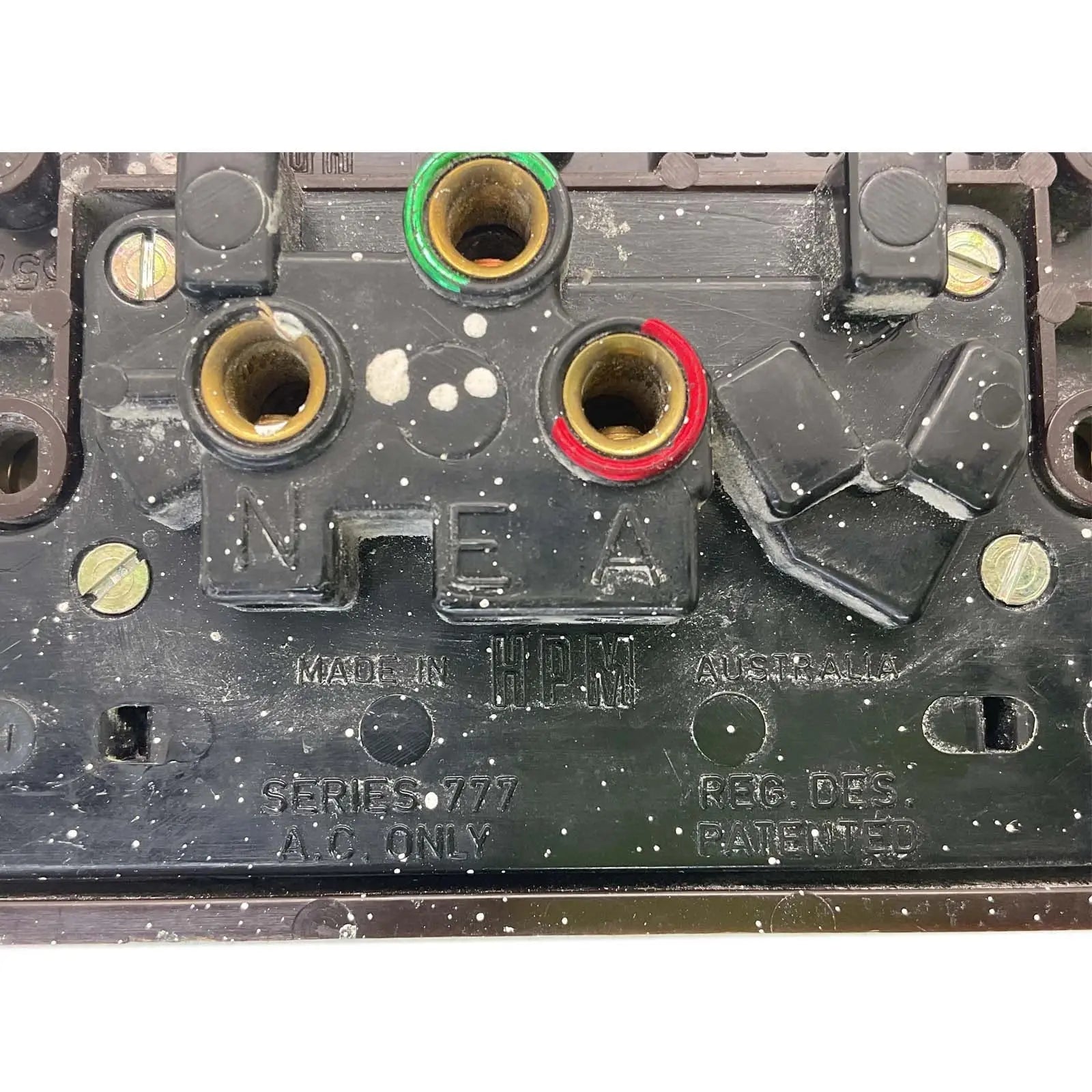
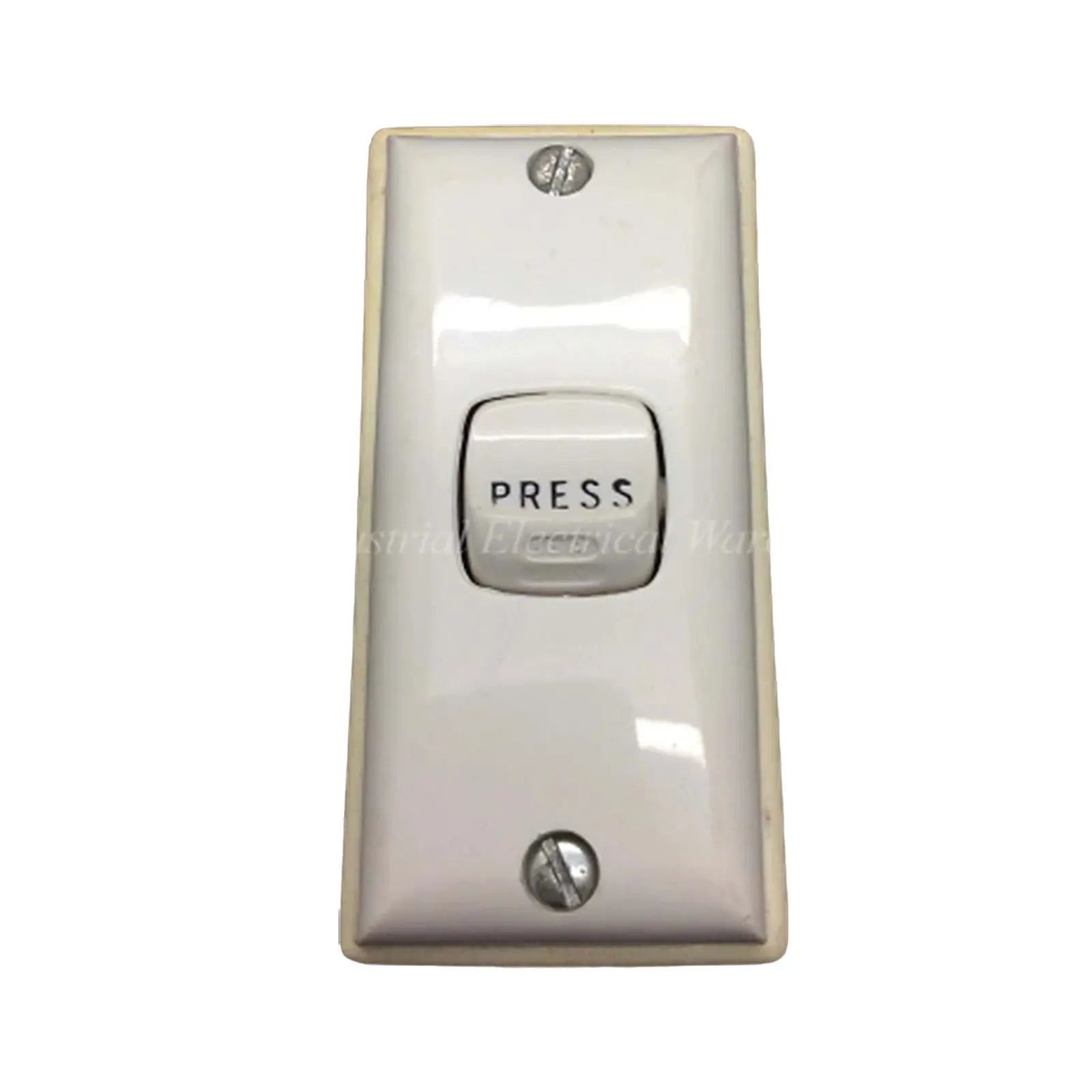
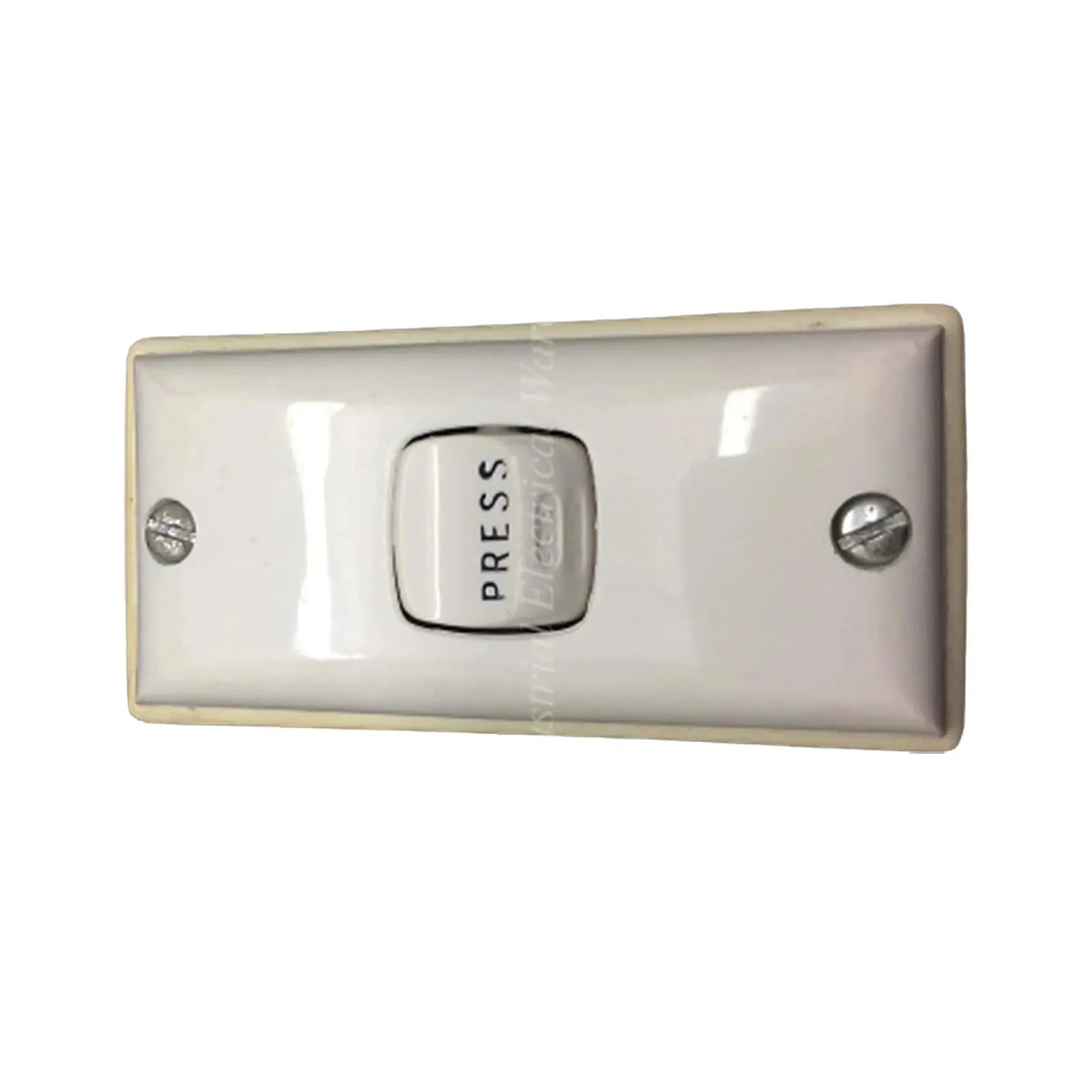
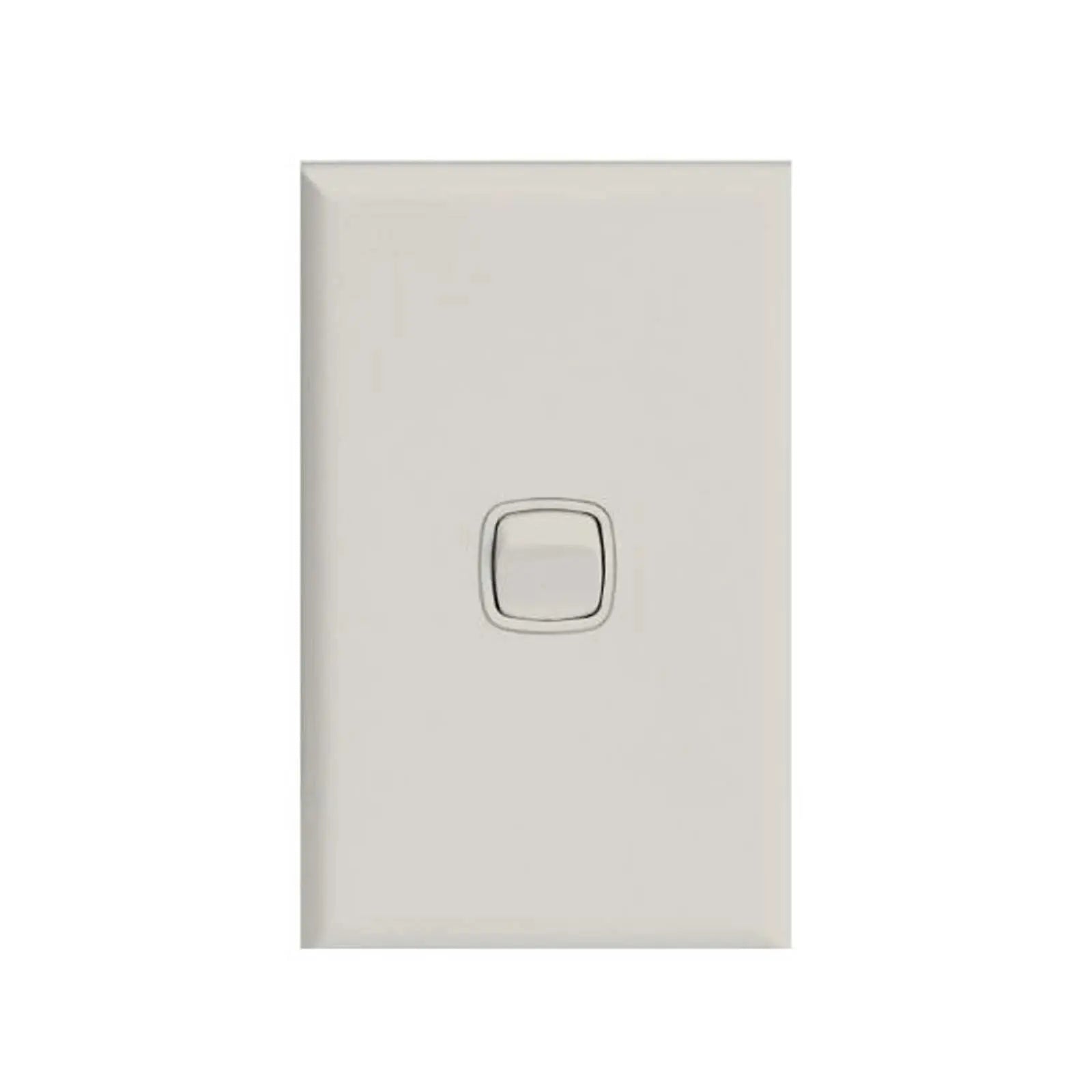
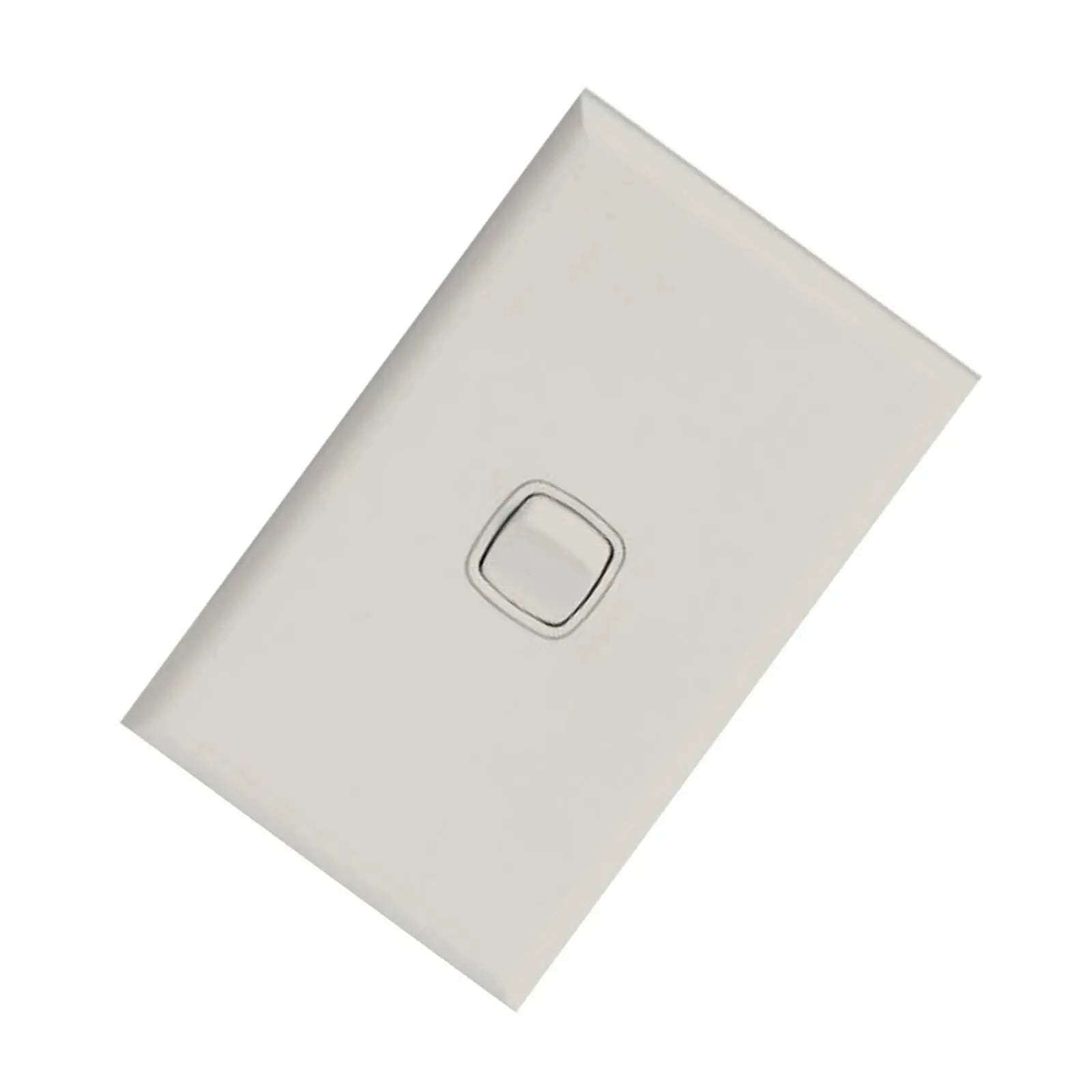
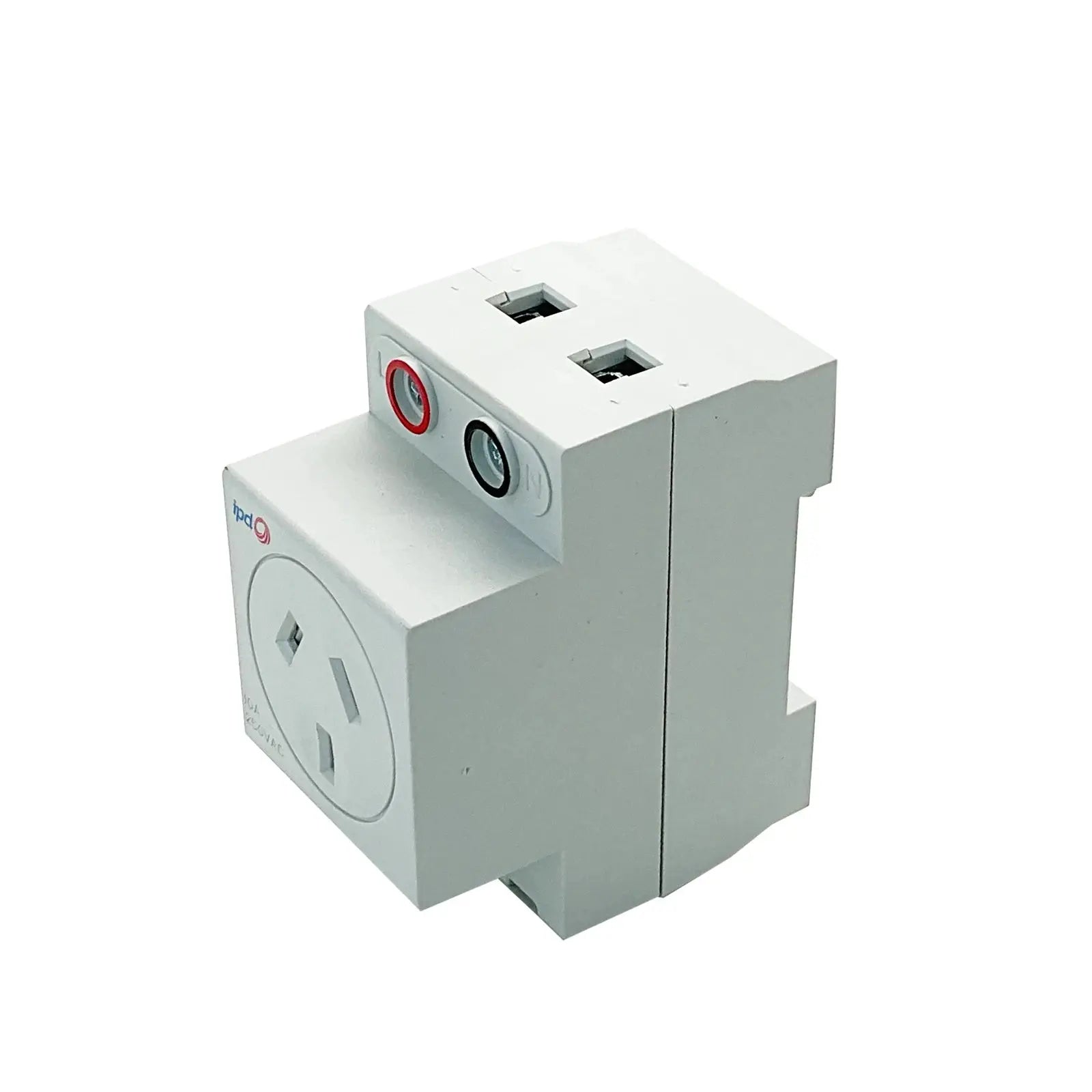

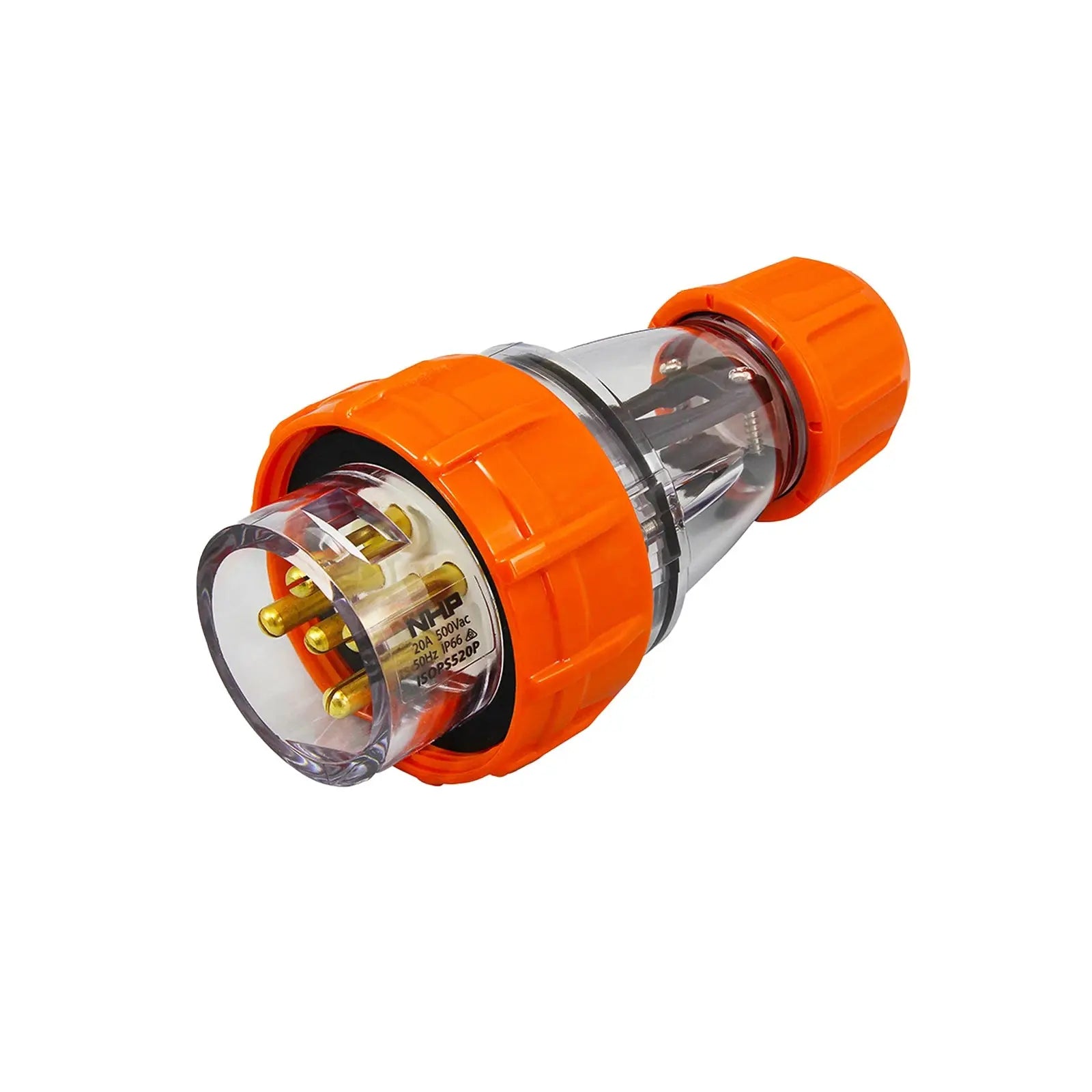
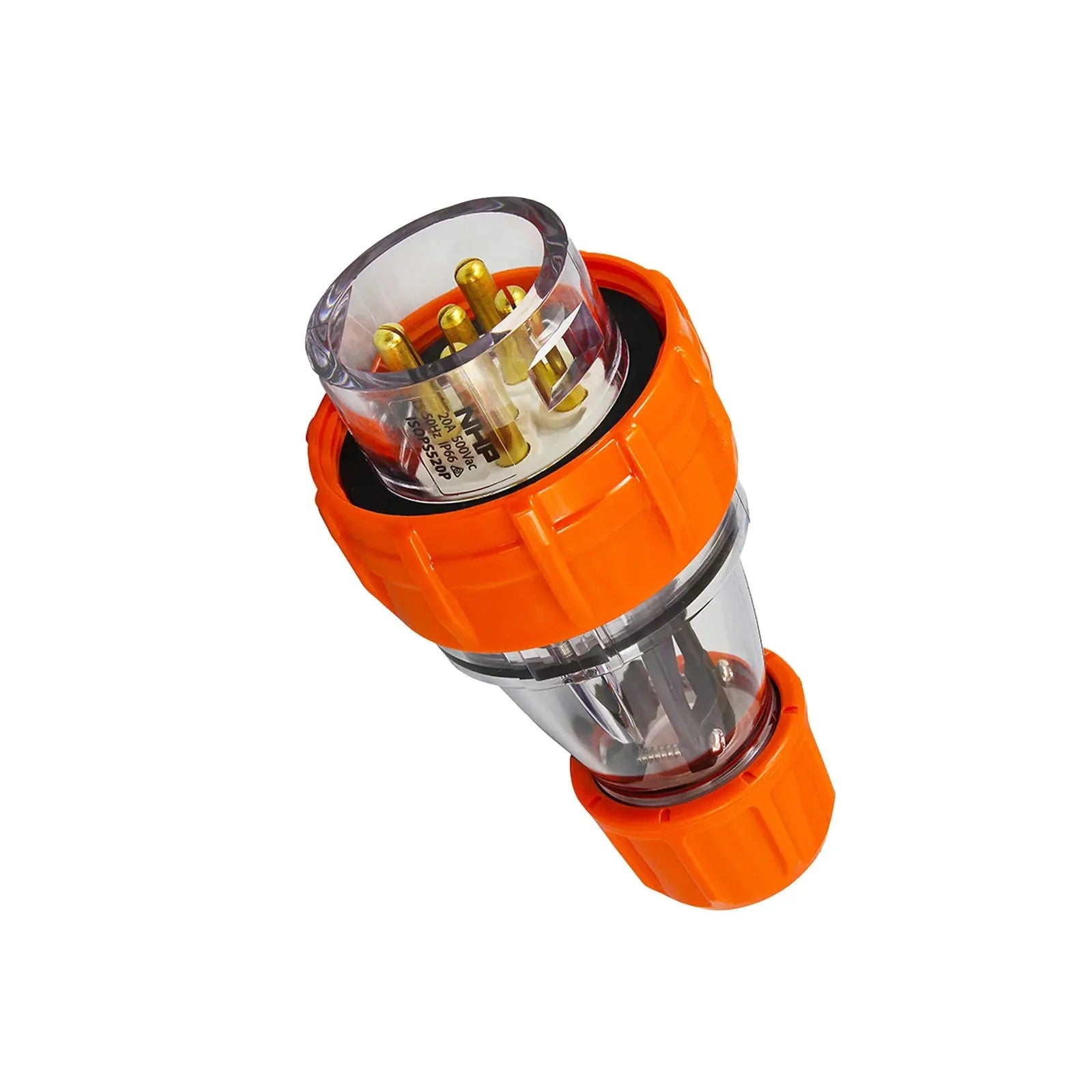
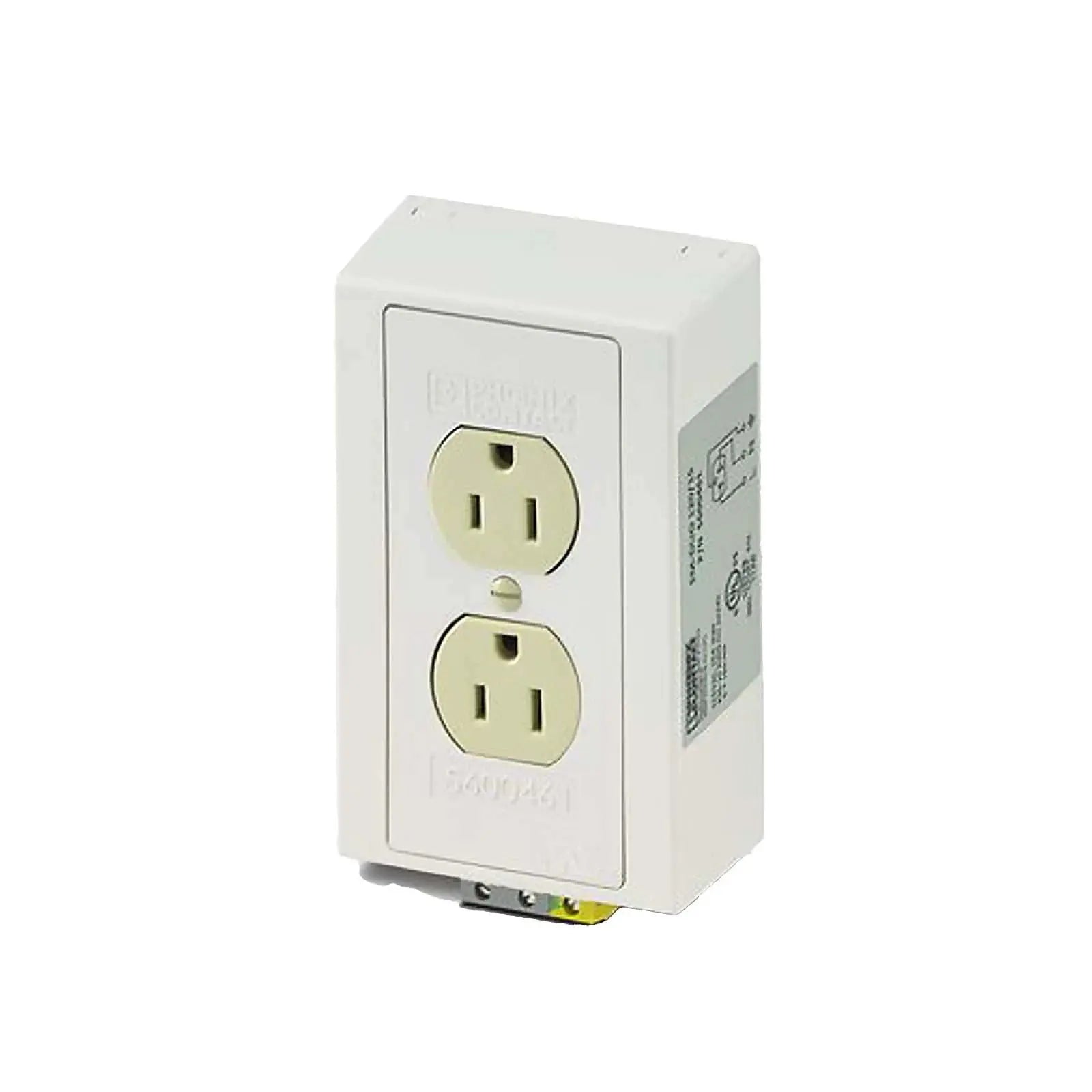
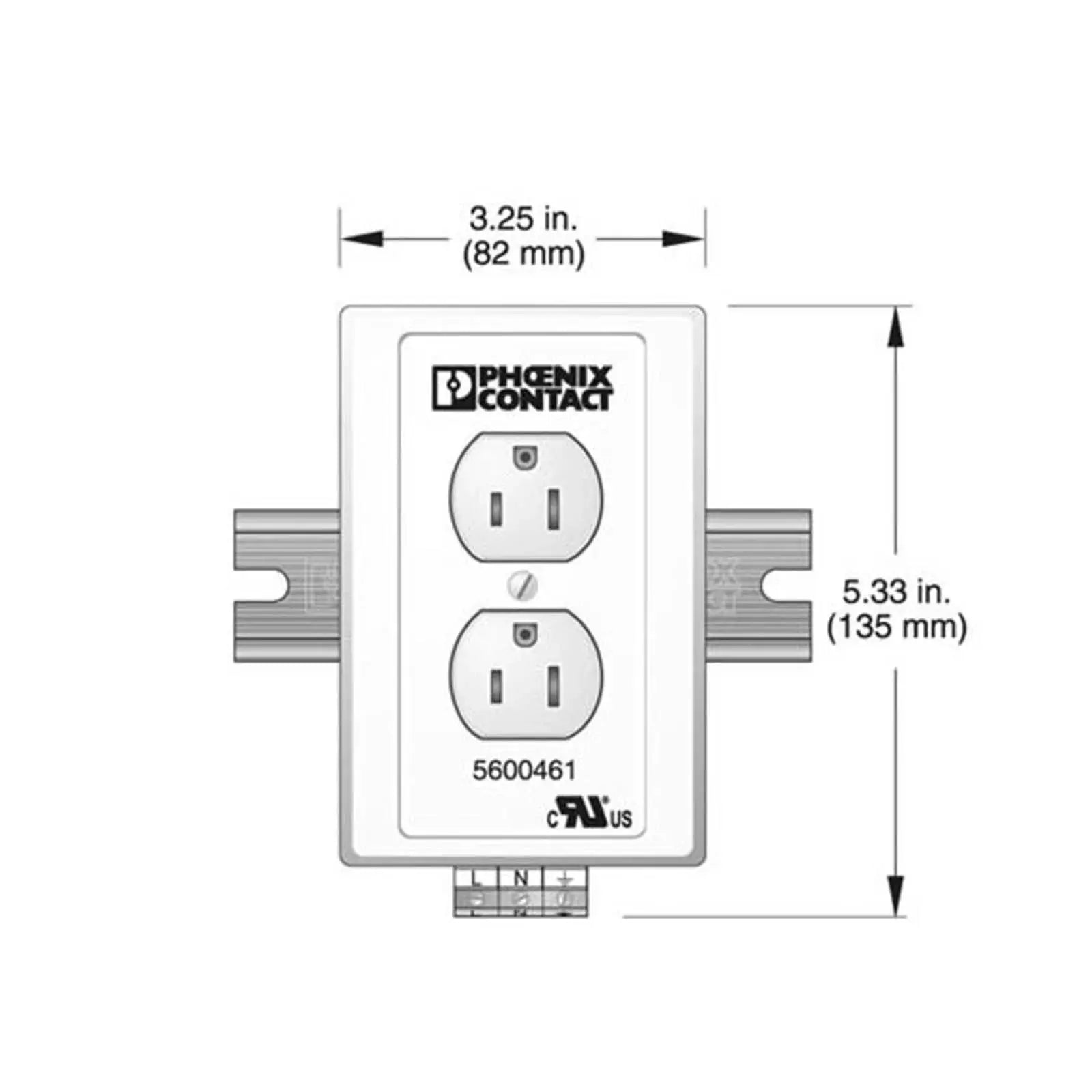
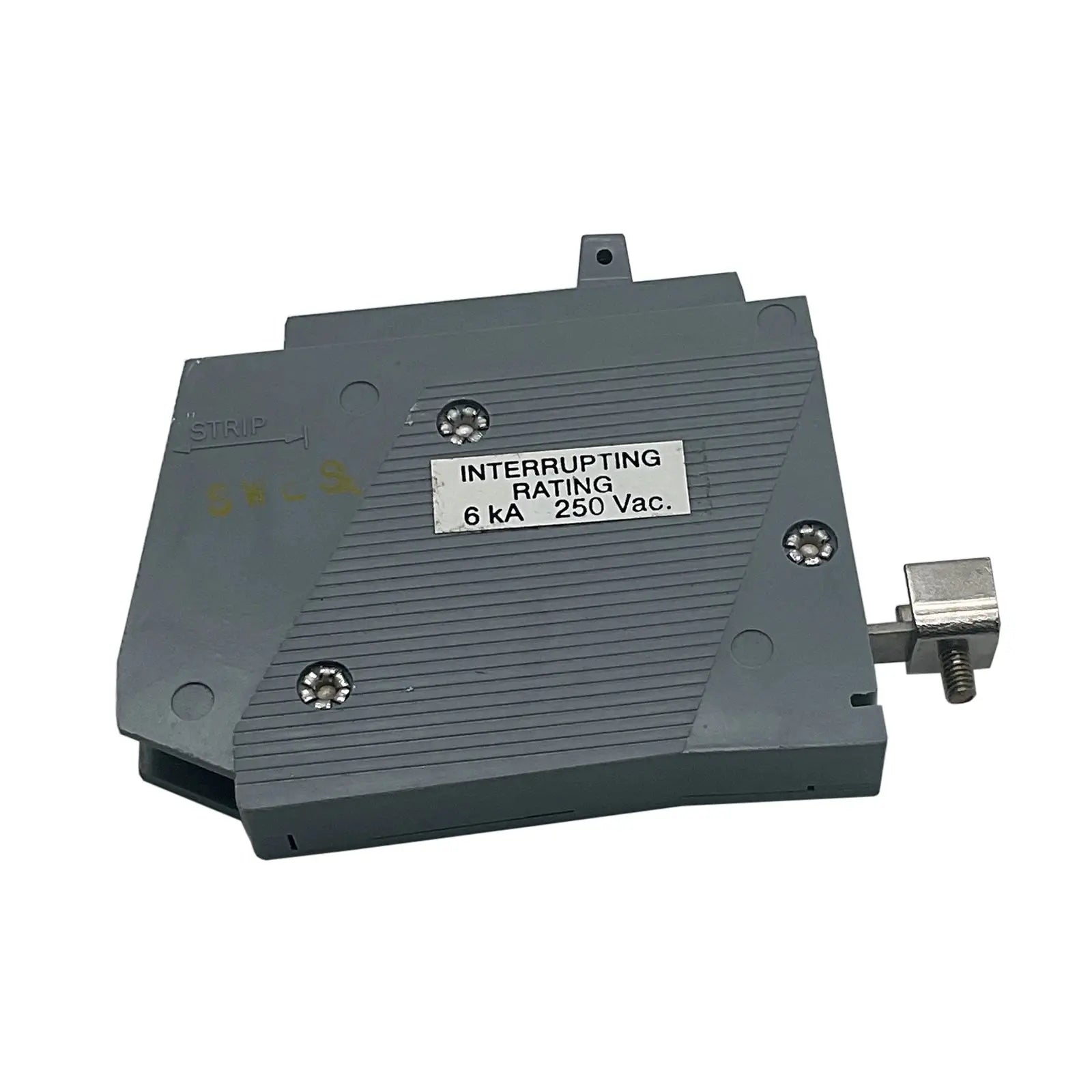

Tomas de corriente eléctricas para conexiones eléctricas confiables
Explore nuestra colección de tomas de corriente , que ofrece soluciones versátiles y de alta calidad para el suministro eléctrico de su hogar, lugar de trabajo o planta industrial. Diseñadas para garantizar la seguridad, la eficiencia y la compatibilidad global, nuestras tomas de corriente satisfacen una amplia gama de necesidades energéticas en aplicaciones domésticas, comerciales y especializadas.
¿Qué son los enchufes eléctricos?
Los enchufes eléctricos , también conocidos como tomacorrientes, enchufes o tomas de corriente, son componentes esenciales de cualquier infraestructura eléctrica. Proporcionan la interfaz entre el suministro eléctrico y sus dispositivos, lo que permite un acceso seguro y cómodo a la energía.
Tipos de enchufes eléctricos para uso global
Desde los enchufes eléctricos tipo A y tipo B, comunes en Norteamérica, hasta los tipo C (enchufe europeo) y tipo G (enchufe británico) , nuestra colección incluye una gama de enchufes eléctricos internacionales que se adaptan a su ubicación y aplicación. Ya sea que esté equipando una vivienda, una oficina o un taller, ofrecemos enchufes eléctricos que cumplen con las normas y requisitos de voltaje regionales.
Aplicaciones versátiles y configuraciones de potencia
Nuestras tomas de corriente están diseñadas para todo tipo de aparatos, desde dispositivos electrónicos cotidianos hasta equipos de alta potencia. Con opciones como:
-
Tomas de corriente eléctricas individuales, dobles y múltiples
-
Salidas USB integradas para carga directa de dispositivos
-
Tomas eléctricas exteriores resistentes a la intemperie
-
Opciones de montaje en superficie y empotrado
…puedes elegir la mejor configuración para tu proyecto o espacio.
Diseñado con la seguridad en mente
Los enchufes eléctricos modernos incluyen características de seguridad esenciales para proteger sus dispositivos y usuarios:
-
Protección contra sobrecarga incorporada
-
Persianas a prueba de niños y diseños a prueba de manipulaciones
-
Opciones de conexión a tierra y protección contra sobretensiones
Estas innovaciones ayudan a prevenir accidentes, mejorar la seguridad del usuario y prolongar la vida útil de los dispositivos conectados.
Tomas de corriente eléctricas de bajo consumo
Nuestros enchufes de bajo consumo están diseñados para reducir el consumo de energía en modo de espera, también conocido como energía vampiro . Busque modelos con apagado automático y funciones de carga inteligente que detienen el flujo de energía una vez que su dispositivo está completamente cargado, ideales para hogares y negocios con conciencia ecológica.
Soluciones de puntos de venta inteligentes y preparadas para el futuro
Manténgase conectado con enchufes inteligentes que se integran a la perfección con los sistemas de domótica. Controle la energía a distancia, programe horarios y monitoree el consumo con su smartphone o asistente de voz. También disponemos de opciones compatibles con sistemas de energía solar y renovable, lo que le ayuda a preparar su infraestructura para el futuro.
¿Por qué comprar en nuestra gama de enchufes?
✔ Certificado en seguridad y cumplimiento
✔ Compatible con voltajes y tipos de enchufes globales
✔ Perfecto para uso residencial, comercial o industrial.
✔ Duradero, confiable y construido para durar.
Alimenta tu espacio con confianza. Explora hoy nuestra colección de tomacorrientes y encuentra soluciones de energía de calidad, seguras, adaptables y diseñadas para el uso moderno.
¿Necesita pedidos al por mayor o recomendaciones de expertos sobre tomas de corriente eléctricas?
¿Busca pedidos de tomas de corriente al por mayor o necesita ayuda para elegir la solución industrial adecuada? Nuestro equipo está aquí para ayudarle con presupuestos personalizados, recomendaciones de productos y asesoramiento técnico. Ya sea electricista, contratista o empresario, ofrecemos soluciones a medida para satisfacer sus necesidades.
📩 ¡ Contáctanos o chatea con nosotros en vivo para obtener asistencia instantánea!
¡Explora nuestra colección de ofertas de locura mensual!
¡No te pierdas los grandes ahorros en nuestra tienda! Descubre las mejores ofertas en:
¡Explora estas categorías ahora y aprovecha las mejores ofertas antes de que se acaben!
- Todos los productos de nuestra gama : productos de primera calidad seleccionados especialmente para usted.
- Los más vendidos : los favoritos de los clientes y los artículos más demandados.
- Ofertas y rebajas especiales de Watts : descuentos por tiempo limitado en productos imprescindibles.
- Watts New – Recién llegados y las últimas innovaciones.
-
Todas las colecciones : explora todo lo que tenemos para ofrecer.
¡Explora estas categorías ahora y aprovecha las mejores ofertas antes de que se acaben!
¡No olvides consultar nuestras grandes rebajas hasta agotar existencias!
Visto recientemente
Boletín informativo actual de Watts
Manténgase conectado con los últimos productos eléctricos industriales, ofertas exclusivas y actualizaciones de expertos.
Regístrate ahora y no te lo pierdas
